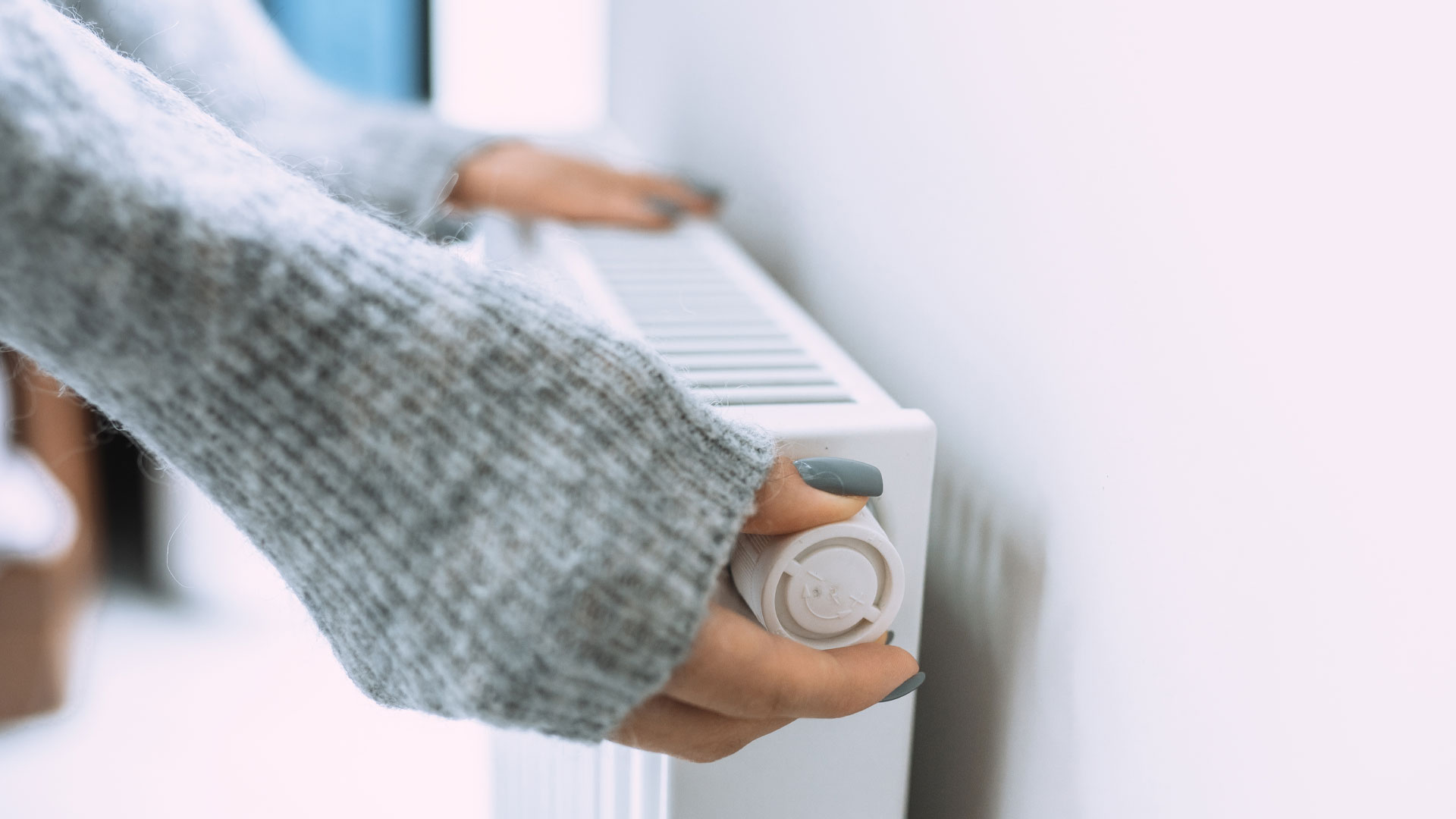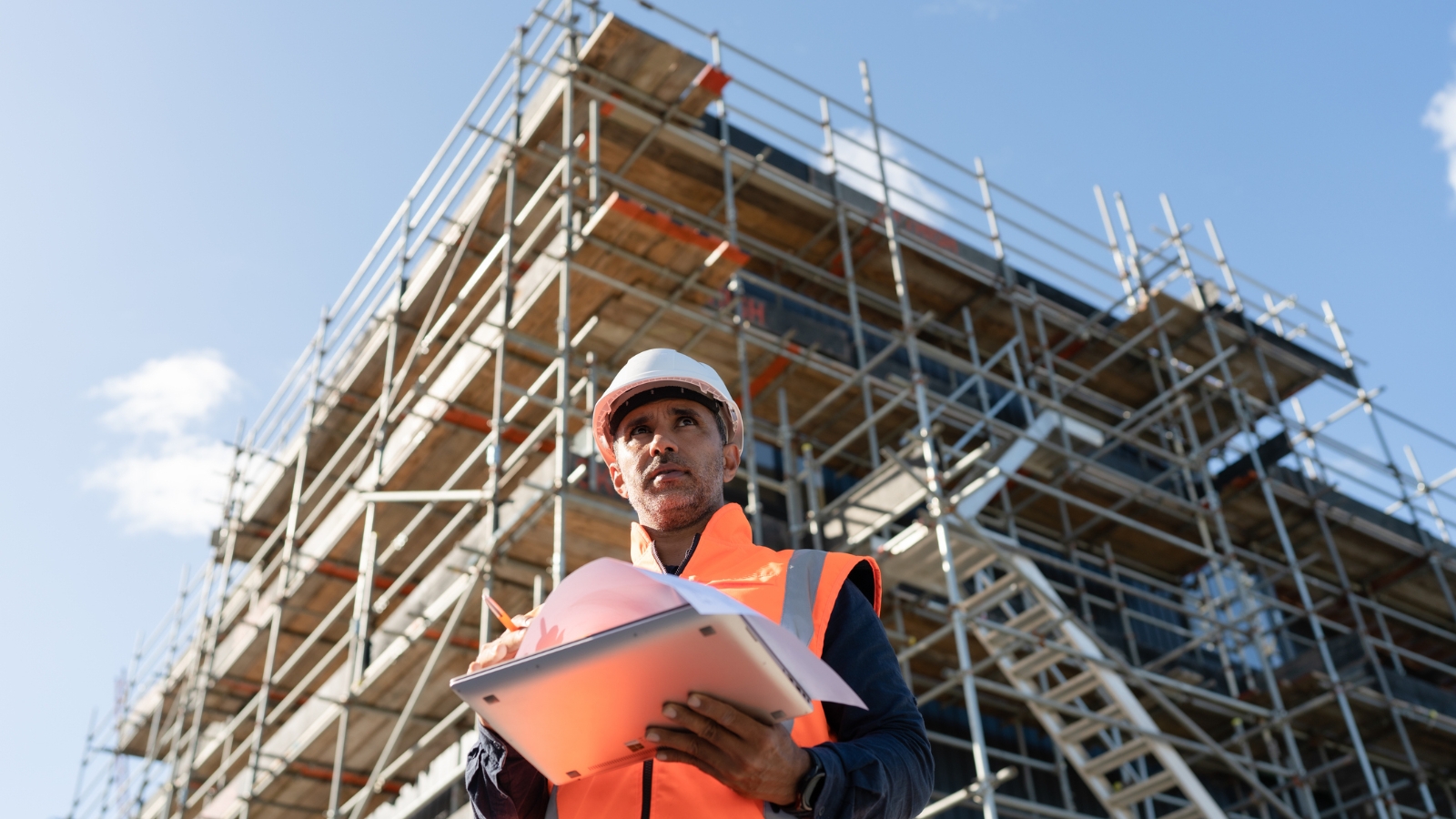Buying guide
Buying a home: setting up your utilities
Get this stuff sorted well before move-in day.
.png)
As you may well have realised by now, there are many steps to buying a home in Aotearoa New Zealand. And, between the major milestones, such as getting pre-approval for a home loan to lining up your solicitor, it can be very easy to forget some of the more routine things that will suddenly rise in importance when you’re about to move into your new property.
A good example of this is sorting out the utilities that you’ll rely on for kinda important things ... .like water, electricity and heating.
So. to help you keep that to-do list tight, we’ve come up with this handy guide for setting up your utilities in your new home.
Note: If you need to switch utility providers from your current ones (more on why and how to do this below), you want to start thinking about this process at least a month or two ahead of your move in date. Doing the necessary research and filling in the paperwork can take time, so don’t leave it until the last minute.
1. Work out which utilities you need
As well as your mortgage, home insurance, and other potential fees (for example a body corporate, if applicable this applies), your utilities are likely to be one of your major ongoing expenses as a homeowner. Therefore, it makes sense to have a good thing about which utilities you’re actually going to need.
Unless you’re planning to live offgrid, we’d be willing to bet that most Kiwi will want to have the following utilities set up and ready to go when they move into a new home:
- Heating/burner
- Electricity
- Water and sewer
- Gas/LPG
- Internet/broadband
So, go through the above list and tick each of these off to make sure there aren’t any nasty surprises. The last thing you want, after a busy day of unpacking, is to go for the switch, only to find that you can’t turn on the lights.
Which utilities will you need?
2. If you like your current providers, see if they service your new place
Perhaps you really did your homework at your last place (whether this was a rental or somewhere you owned) and you were happy with the utilities you had set up. If this is the case, there’s no reason why you can’t try to continue making use of their services.
To do this, you’ll need to verify whether your current provider covers your new address. If they do, opting for an address transfer instead of filling out extensive paperwork to establish a new account with a different provider, will massively speed up the process. In addition, it takes some of the stress out of not knowing how good a new provider might be.
It’s possible that your current provider may operate in your new location, but not at the same level as they did in your old place. This means that while it might be possible to stay with that provider, the quality of service you receive might not be as high. This could lead to blackouts or outages, which isn’t something you want to have to deal with. Therefore, it’s worth checking in to see how well your current provider will function at your new address.
3. Compare your options
Okay, let’s say you find out that you can’t use your current provider in your new location. If this is true, it pays, quite literally, to do some thorough research on who provides the best service at your new address.
Here are a couple of pieces of advice for getting the best deal:
- Be specific in your search: when you’re searching for good deals on utilities, make sure you’re specific about the area you’re moving to. It’s no good finding a provider that’s generically cheap, only to discover they don’t service the location you’ll be in.
- Talking to your new neighbours: if they’re all using the same provider, chances are there’s a reason for this.
- Use comparison websites: there are websites out there that allow you to compare the services offered by different utilities providers. When you’re doing this, make sure you use trusted sources such as Powerswitch, a free, independent energy price-comparison service, which is part-funded by the Electricity Authority.
Your new neighbours can be a good source of info on reliable utilities providers.
4. Know what the companies will want to know
Especially if you’re setting up with a new provider, but even if you're simply transferring over an existing one to your new home, you can guarantee you’ll need to provide a bunch of information.
Yes, this is tedious, but having that info to hand will make it less of a chore, and speed things along. Among the common things that utility providers will want to know are your:
- Full name
- Contact details
- Address of your old home (if transferring utilities)
- Address of your new home
- Forms of ID
- Credit or debit information for payments
- Meter Point Reference Number (for gas supplies)
- Meter Point Administration Number (for electricity supplies)
- The number of occupants of your home.
Before finalising anything, inquire about installation charges and additional fees to avoid surprises on your first bill. Ensure to ask about security deposits, transfer fees, cancellation charges, and any other potential expenses.
5. Arrange for the physical set up
Arranging home utilities can be a time-consuming process. Certain providers may have designated installation dates for your new address, limiting their flexibility. Therefore, we recommend giving yourself at least a two-week buffer before your move-in date to make sure everything is set up and ready to go.
If possible, try to be there on the day of installation. This allows you to oversee the process, address any queries you or they may have, and gain a better understanding of how to manage your utilities or troubleshoot any issues.
6. Give them time
We all know how frustrating a slow broadband connection can be, particularly if you’ve organised a movie night with the family to celebrate the end of moving into your new home.
However, if your utilities don’t seem to be working flawlessly on day one, this isn’t necessarily the moment to pick up the phone and start ranting to their customer service. Of course, if they aren’t working at all, you might want to have a polite chat, but it could just be a bad day. Things like broadband can be slower on some days and faster on others, so we don’t advise instantly deciding to pull the plug and searching for a new provider – you might just end up with the same problem.
We recommend giving at least a few days to a week for your utilities to start working well (again, unless there’s no sign of life at all).
Author
Other articles you might like








